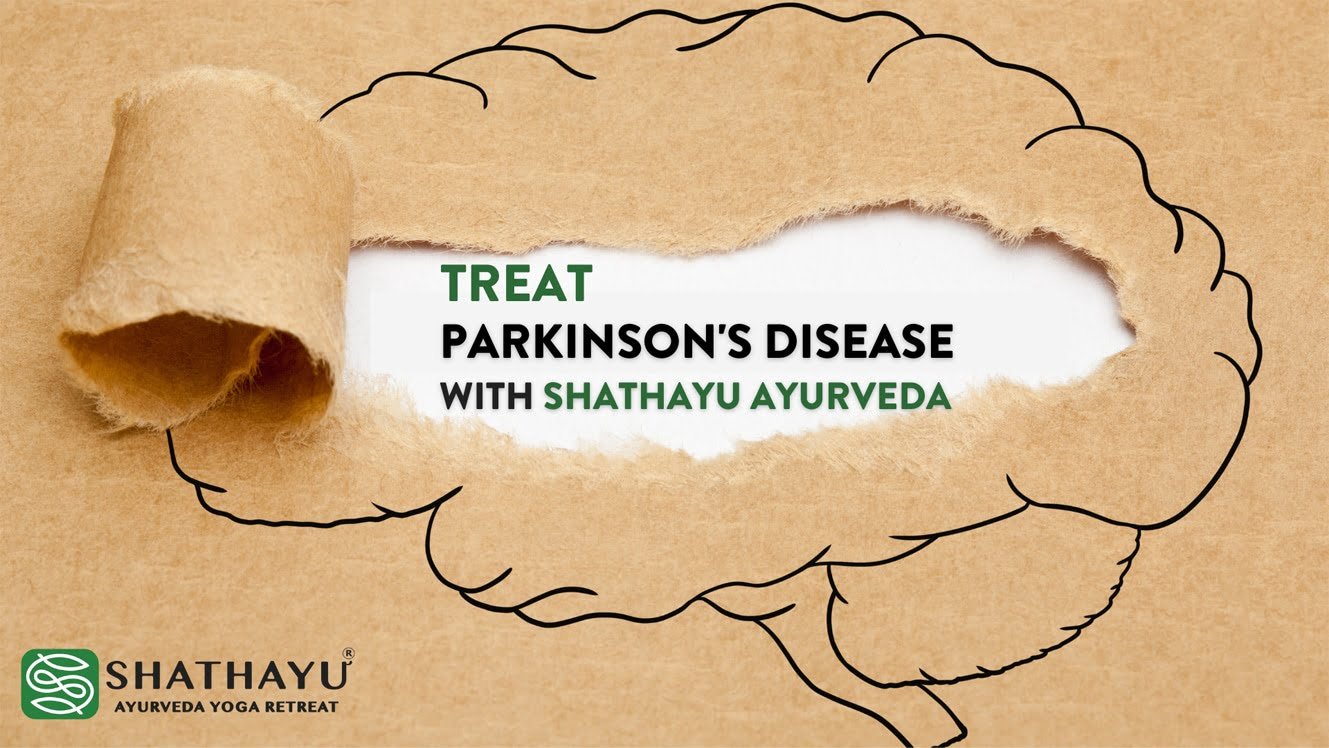

Parkinson’s disease progresses slowly over time. The early warning signs may be imperceptible. The movements of a person may vary slightly. You may witness sluggishness, rigidity, or difficulty balancing or walking. The person’s face may become expressionless, or their handwriting may become small and cramped. These changes can eventually become more severe and disrupt daily life. Falling asleep, thinking, eating, speaking, smelling, and making decisions may become more difficult. Symptoms may become challenging to manage as the disease progresses.
Parkinson’s is a slow but inevitable process. It’s hard living with it on a daily basis. The problem for those who have it is that they never recognise the early symptoms.
Parkinson’s disease (PD) is a chronic, progressive neurodegenerative disease with both motor and nonmotor symptoms.
For Parkinson’s Disease, the physical signs include:
- Tremor at rest
- Rigidity on passive movement (“cogwheel rigidity” of the limbs)
- Slowness of movement (bradykinesia)
- Shuffling feet when walking
- Decreased bodily movement (hypokinesia)
- arms don’t swing normally when walking
- Postural instability; festinating gait
- Mask facies, the face appears to be fixed and without expression
These features are unilateral at onset, but become bilateral as the condition progresses. Later, postural instability (and falls), orthostatic hypotension, and dementia can develop.
The cardinal motor symptoms -experienced by the patient of Parkinson’s disease are:
- Shaking of lips, arms, legs
- Stiffness; difficulty getting up from a chair
- Slowness; feet feel “stuck to the floor” when walking or changing directions
- Difficult to initiate movements
- Postural instability

- Cognitive impairment, especially with concentration
- Sleep disorders, such as excessive daytime sleeping or insomnia
- Depression or Anxiety
- Postural hypotension (low blood pressure when standing)
- Constipation
- Frequent urination
- Impaired speech -slurred or low volume and swallowing
- Drooling
- Anosmia (loss of sense of smell)
Parkinson’s disease usually arises after age 50, but can also appear earlier in life. Parkinson’s disease is a neurodegenerative disorder, which means that brain cells gradually malfunction and die. The disease damages brain cells that make a chemical called dopamine.
Parkinson’s disease and Ayurvedic treatment
There is some evidence that the Ayurvedic illness condition known as “Kampavata” is associated with Parkinson’s disease. It is called as Kampavata or Vepathu, and it refers to involuntary motions that might affect all portions of the body or only the head. In order to alleviate the symptoms of Parkinson’s disease and enhance patients’ overall quality of life, medical professionals often prescribe a combination of different therapies and medications.
Parkinson’s disease medical care in Shathayu
There is HOPE when we take an AWARENESS and HOLISTIC APPROACH.
Shathayu Retreat has pioneered a comprehensive approach to Parkinson’s disease treatment.
Treatment techniques that take a comprehensive approach will be helpful in reducing tremors and improving overall fine and gross motor function as a whole. Special Ayurvedic therapies such as shirodhara and shirobasti can assist ease related symptoms while also helping to halt the progression of neurodegeneration. The use of nasya can help slow down the growth of the disease and control its symptoms.
Treatment of Parkinson’s Disease with Ayurvedic Medicine (Kampavata)
1. Shodhana chikitsa It is important to push for bio-cleansing therapies, which should be followed by palliative care. (This will depend on the overall health of the patient as well as the prognosis of the disease.)
Depending on the severity of the patient’s ailment, a massage or Kasyaseka using medicinal oils such as Maha Narayana taila, Kshirabala taila, Sahacharadi taila, Dhanvantara taila, and Mahamasha taila for three to seven days may be recommended.
2.PANCHAKARMA – (based on the condition)
- Matra Basti -daily for 8- 14 days
- Yapana basti for 8/16/30 days
- Nasya karma for 7 days
3. ShiroAbhyanga and Abhyanga ( head and full body oil massage )
Treatment with the PindaSweda (Mild oil massage with herbal steam )a
4. The Shirodhara and Shiro Basti Treatment, also known as the Special Head Oil Treatment, using Medicated Oils, Performed Daily for 7, 14, or 21 Days
5. Herbal medicines that function specifically on tremors, as well as the use of herbal nerve tonics to alleviate stiffness and nourish the nervous system.
Some examples of single herbs include Amalaki (Emblica officinalis), Guduchi (Tinospora cordifolia), Ashwagandha (Withania somnifera), Kapikacchu (Mucuna pruriens), Kushta (Saussurea lappa), Rasna (Pluchea lanceolata), Shankhapushpi (Evolvulus pluricaulis), Mandukaparni (Centella asiatica (Glycyrrhiza glabra)
6. Modifications to one’s way of life – Dietary counsel to enhance one’s body’s digestive systems, as well as direction regarding food
Yoga and meditation are both excellent practises to undertake if you want to overcome symptoms, get a handle on your internal energy, relax, and cut down on tension or worry.
*Only after a comprehensive consultation can the Senior Physician personalise each treatment in accordance with the patient’s needs. Treatments can be adjusted to better suit the needs of the individual patient. Opportunities for a remedy: It really depends on how severe the sickness is and how many complications there are. Disease progression can be slowed down and symptoms can be managed if treatment begins at an early stage. It should take longer than four weeks of treatment at the very least before one may expect to observe benefits.
Related Articles:
7 Ayurvedic ways to manage Parkinson’s Disease
Ref : https://www.gersonayurveda.com/ the-ayurvedic-approach-to-parkinsons-disease-kampavata-by-scott-gerson




